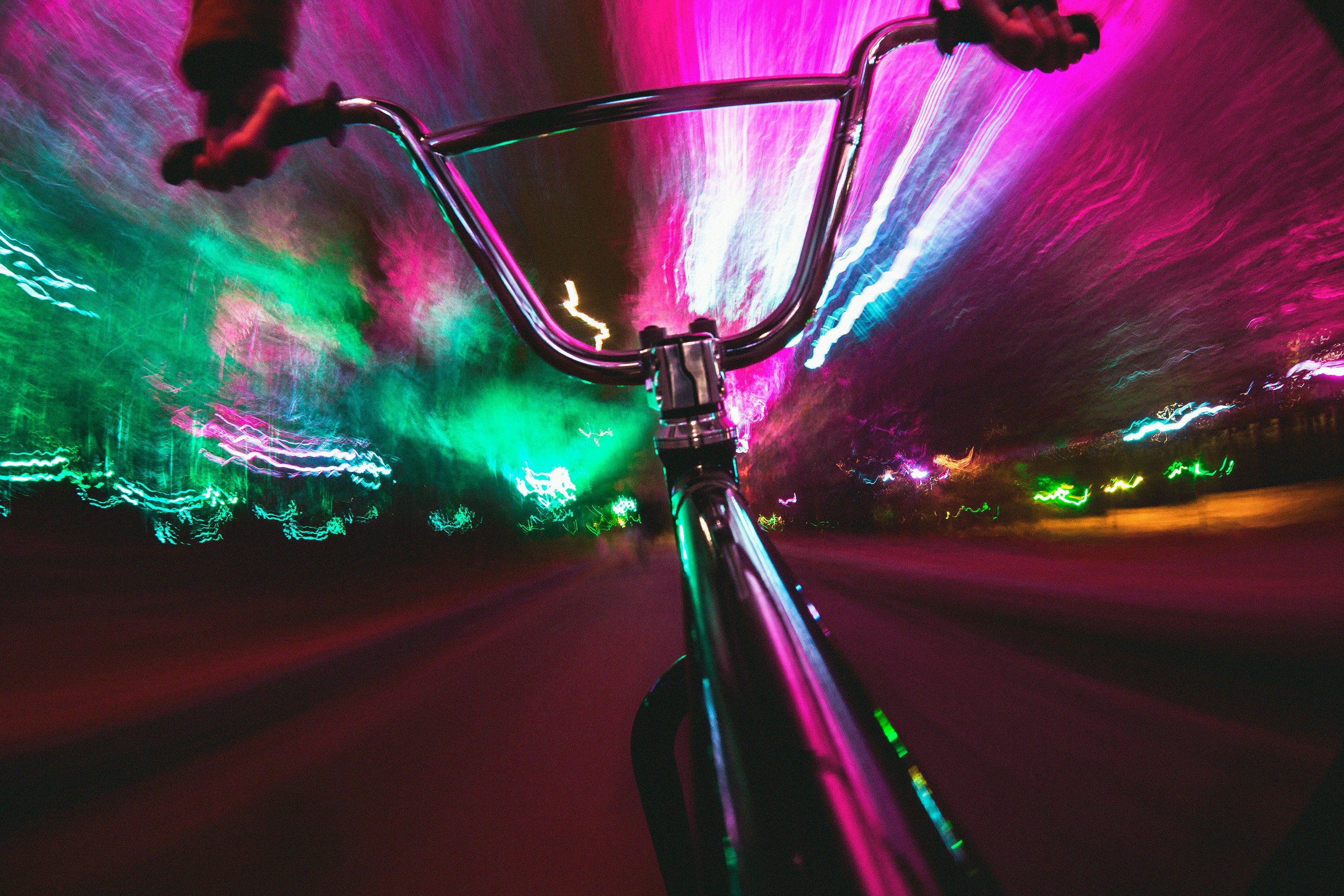The Reemergence of Psychedelic Aesthetics in Pop Culture
Psychedelic aesthetics, a vibrant and mind-bending art style that marked the counterculture movement of the 1960s, has made an impressive resurgence in recent years. This article explores how this once-rebellious artistic expression is finding its way back into pop culture, influencing everything from music and fashion to film and visual arts.

Psychedelia in Music: Revisited and Reimagined
The world of music has long been a breeding ground for innovation and experimentation. Recently, the psychedelic vibe of the 60s has been revisited and reimagined by modern artists like Tame Impala, MGMT, and The Flaming Lips. Their music combines swirling, echo-laden sounds with lyrical themes of existentialism and introspection, encapsulating the essence of psychedelic culture.
Fashion’s Nostalgic Trip Down Psychedelic Lane
The fashion industry, always quick to adopt and adapt trends, has embraced the psychedelic aesthetic with open arms. Bold, swirling patterns, tie-dye, and vibrant colors have invaded runways and clothing racks alike. Designers like Jeremy Scott and Anna Sui have used psychedelic motifs in their collections, reflecting a nostalgic yearning for the free-spirited ethos of the 60s.
Psychedelic Cinema: An Artistic Renaissance
Filmmakers are increasingly incorporating psychedelic elements in their work, often to convey a character’s altered state of consciousness or as a stylistic choice. A24’s “Midsommar” and Gaspar Noé’s “Climax” are examples of contemporary films that employ psychedelic aesthetics to create an immersive, slightly disorienting viewing experience.
Visual Arts: A Kaleidoscopic Canvas
Visual arts, too, have seen a resurgence of psychedelic aesthetics. Many contemporary artists are using vibrant, hallucinatory imagery to explore themes of consciousness and perception. Brooklyn-based artist Fred Tomaselli, for instance, creates intricate, kaleidoscopic works that embody the spirit of psychedelia.
Useful Tips and Facts
- Psychedelic aesthetics originated in the 1960s, often associated with the counterculture movement and the use of mind-altering substances.
- Psychedelic art is characterized by vibrant colors, intricate patterns, and surreal imagery designed to mimic hallucinatory experiences.
- The resurgence of psychedelic aesthetics in pop culture is not just a nostalgic throwback, but a reimagining of the style for the modern age.
- The word “psychedelic” comes from the Greek words “psyche,” meaning mind, and “delos,” meaning manifest, signifying mind-manifesting.
The Digital Age: A Second Coming
The rise of digital art and animation has facilitated the resurgence of psychedelic aesthetics. Digital tools allow artists to create mesmerizing, fluid visuals that would be incredibly challenging using traditional mediums, bringing the psychedelic experience to the digital age.
As we immerse ourselves in this vibrant world of swirling patterns and chromatic chaos, it’s clear that the psychedelic aesthetic, once a symbol of counterculture, has found a new home in mainstream pop culture. The reemergence of psychedelic aesthetics is not merely a nostalgic nod to the past but a testament to the ever-evolving nature of artistic expression.




